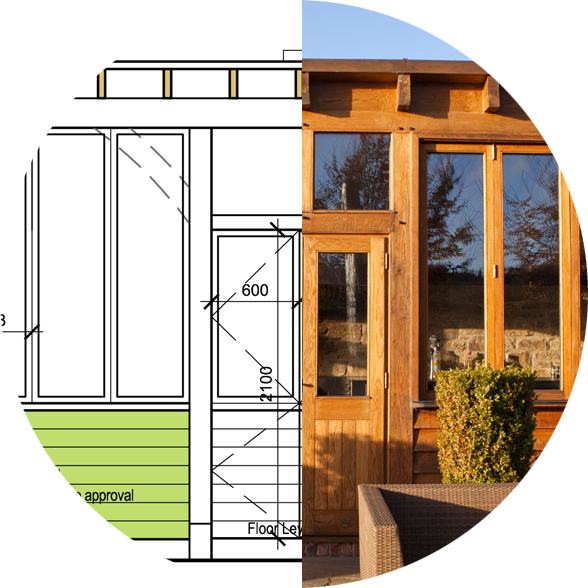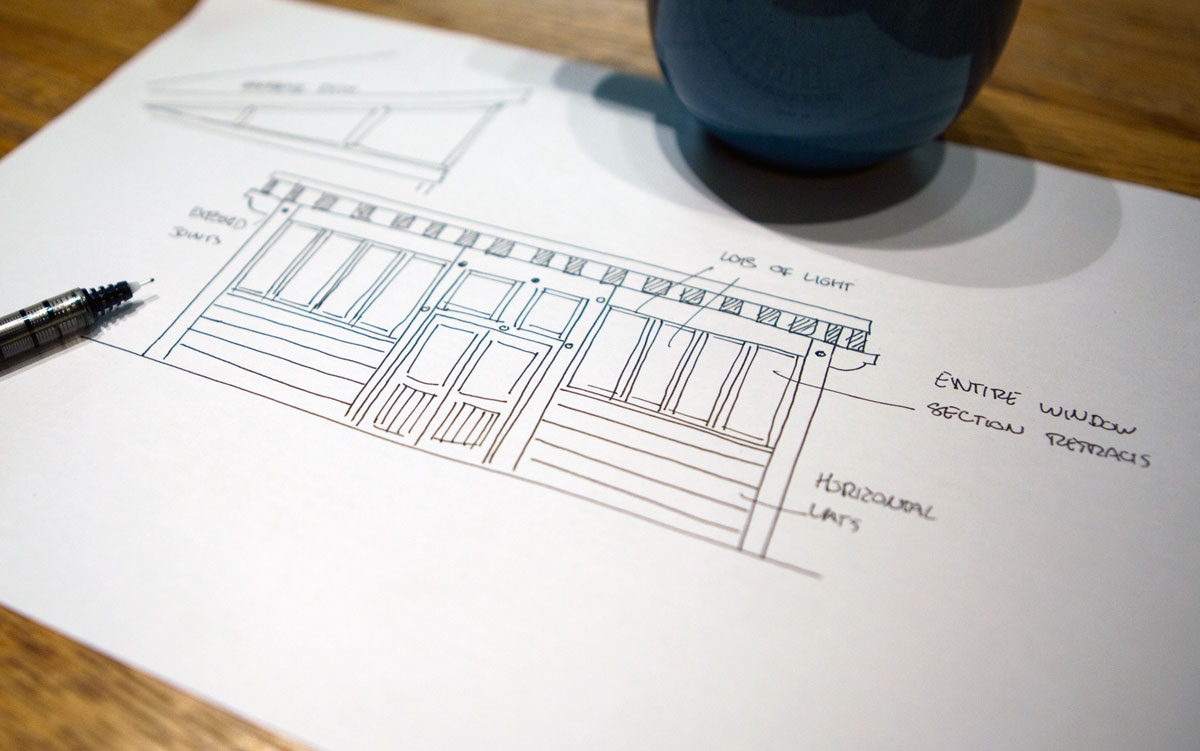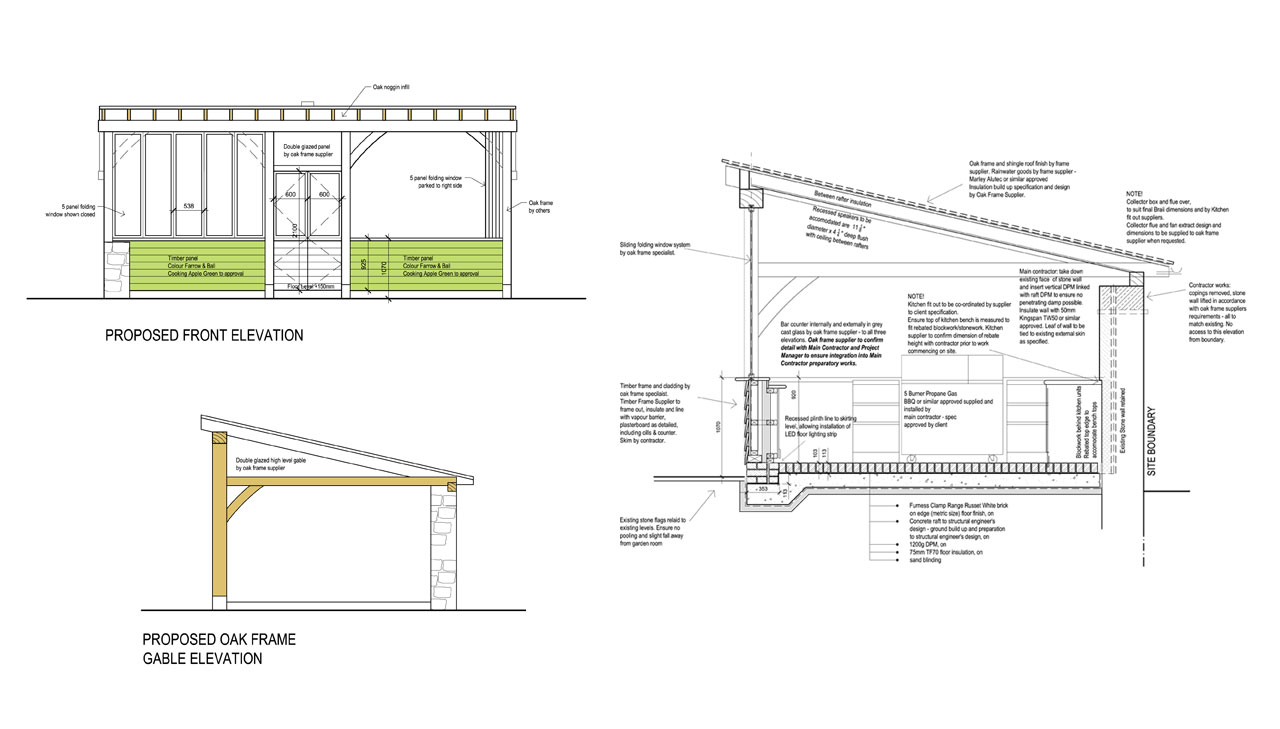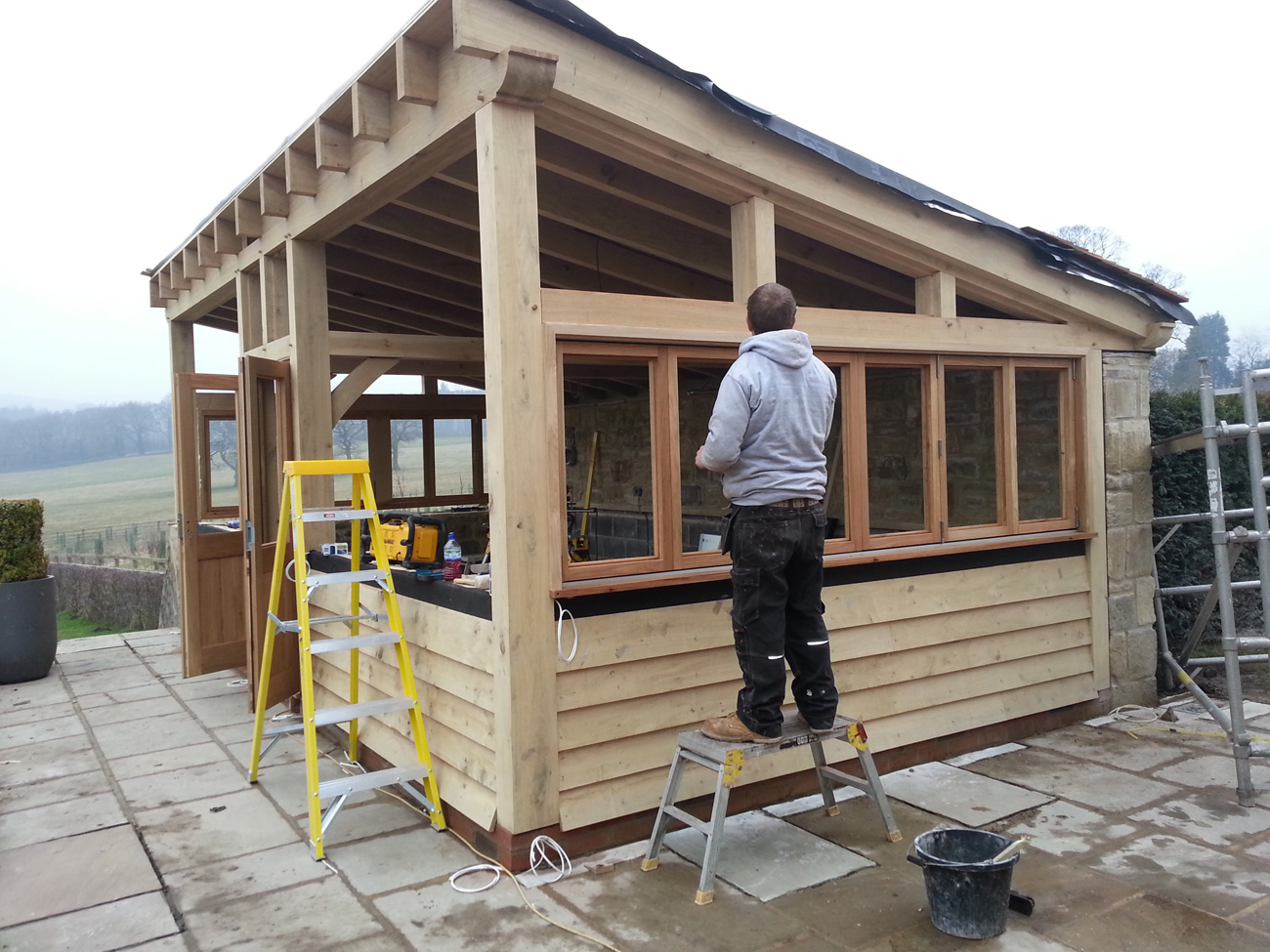
A little about how we work...
Right, so I have a project. I've wrestled with all the emotions around budget, cost, time and I've decided that I'm going to do it. It's an exciting and daunting experience, and I've never worked with an architectural consultant before. What can I expect when I pick up the phone and call Hub?
Firstly, congratulations! Designing and building your own home or project can be one of the most rewarding journeys you can take in your lifetime. Well done. You'll be glad to know that I've had many a conversation that you are thinking about right now. Even with commercial projects the process and emotions are the same. It often goes something like this…
The Brief.
Once we are over the initial excitement that we're going to do this, we need to create a brief. It's my job to extract from you what you want out of the project. I need to get to know who you are, how you want to live, what your concerns are and where you want the project to take you. The clearer we are about where we are going the easier it will be to get there. It's my job to ask questions and most importantly listen. Are you after high end luxury? Eco living? Traditional or modern? Move in before winter? Can't go a penny above your budget? Everything shapes the way a project comes together. We are going to be working quite closely so it's important that we get to know each other, that I understand what you want and that you feel that I am the right person to help you achieve it. I really want you to enjoy the experience.
Sketches and Ideas.

A blank piece of paper can be surprisingly daunting, but it doesn't take long to start filling it with ideas. You might have seen something that you liked on TV or in a magazine, great. Most often it's the site itself that forms some of the initial designs, what's the aspect of the land? Where is the view? What obstacles do we need to work around, trees, borders, sewage etc. My training was in a pre-digital age of pen and ink and this early stage rendering of designs is particularly enjoyable.
The Feasibility Study.
Along side the visual renderings of what a building might look like is an investigation into the feasibility of the project. This ties in a lot of different elements of the ambition of the project and helps to determine what is possible, how far we can push it and where we need to reign it back. What are our aspirations? What is your budget? Are you designing it to live in or sell it for maximum profit? How big do you need it to be? What is the condition of the foundations? You may say to me, "I want to build a round, blue house, here's my budget". I may come back to you suggesting "a hexagonal house with bits of blue and a little bit of red". How can I help you achieve what you are looking for and what are you prepared to compromise to get there?
Planning.
The tricky bit, but it's tricky for a reason. In the past the planning process was less regimented and whilst this meant you could get through quite quickly, it could result in expensive delays and amendments later down the line. It's a lot cheaper to rub out a pencil line than it is to demolish and rebuild a concrete wall! Planning is all about ensuring that the building you want to build is structurally, environmentally and geographically sound now and for the people who will be living there after you. It's split into two phases. Firstly pre-planing. Is our strategy good? Is the concept OK? Is the site acceptable? Are Highways happy? Is there any heritage work? If there are any issues they will be flagged up and we can address them. After this it's on to the full planning process that includes site investigations and whole lot of paperwork and time. It's also where we start to commit fees for contractors. The good news is that it's my job to get our design through this.
Drawings.

Detailed drawings contain all the information for the construction team to work to
Once we are safely through planning it's time to take those initial sketches and ideas and turn them into fully fledged drawings, the blueprint of the building. By this stage we know exactly what we are working with in terms of the site and this is all fed into CAD models of the building. It allows us drill down the details of precisely what will go where and technically how the structure will need to be constructed. These drawings will be used by all the contractors who will be working on the project, from construction to building regulations so it's important to get it right.
Tendering and Commissioning.
With planning approved and the drawings in place we can begin to pull the team together who will actually take the project from a design through construction to an actual building. It's at this stage that the architectural designers role begins to transition as we appoint contractors. You may be very confident in your ability to oversee the project in which case I will take a back seat as you project manage your team and budget. For those who are less confident in this role I would suggest building a project manager into the budget, or at the very least make sure we appoint builder that can perform this function. Either way, I will be available to guide and input where necessary. It's time for your house to be built!

The hard work begins...
So, it sounds as though the more thorough we can be up front the less chance there will be of encountering issues later down the line? How do I make sure that I stay on top of quality control?
Having a good team in place, in particular a good builder is the key to quality control. I won't work twice with anyone that I have a bad experience with, reputation is paramount in the construction industry. Investing time into helping your builder and project manager understand your vision for the project will help, especially if you are constructing something a little different to the norm. By this point I will have invested a lot of energy into the project also and it's important to me that the build is up to standard. I can input on a light touch informal basis or often clients commission my services as a consultant to help oversee trickier elements of the build.
One of the late stages of the project is snagging where there is a dialogue between the client and the builder about bringing smaller issues up to scratch and making sure that the finished product is as expected. This is also something that I can help with.
The final stage of the whole project is 'final completion' where Building Control inspect the property and sign it off to say that it has been built in accordance with regulations and that it is in compliance with the drawings. Congratulations, you can now move into your new home!

The finished product, ready to be enjoyed
